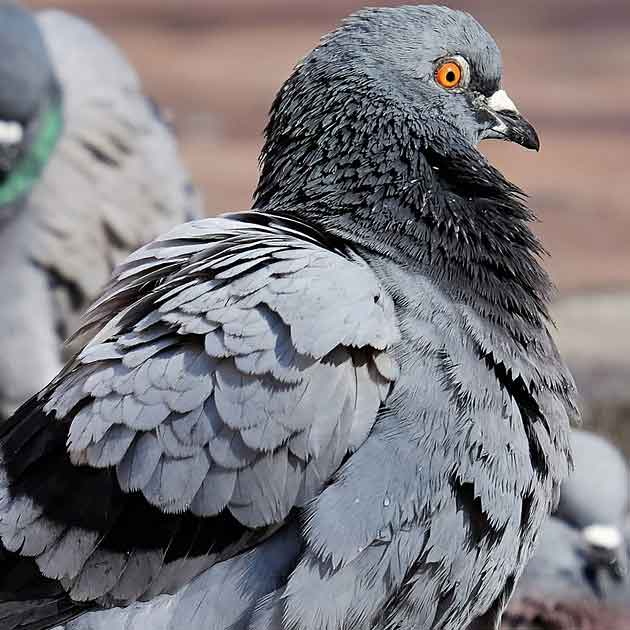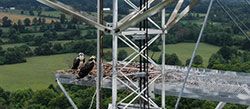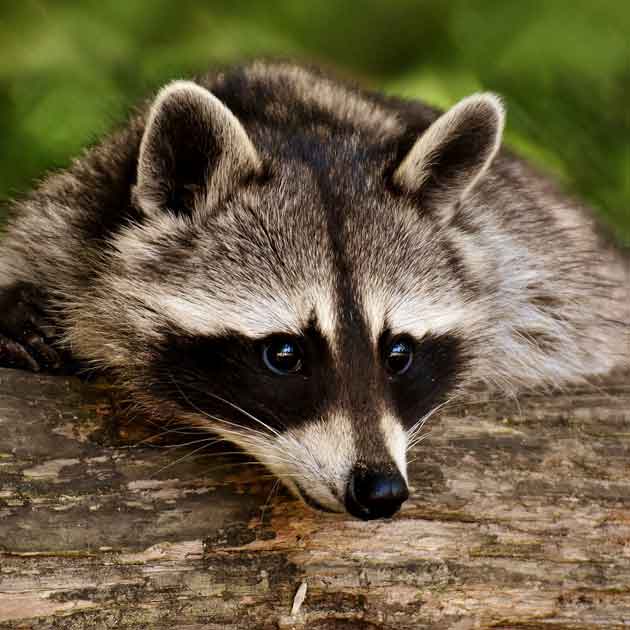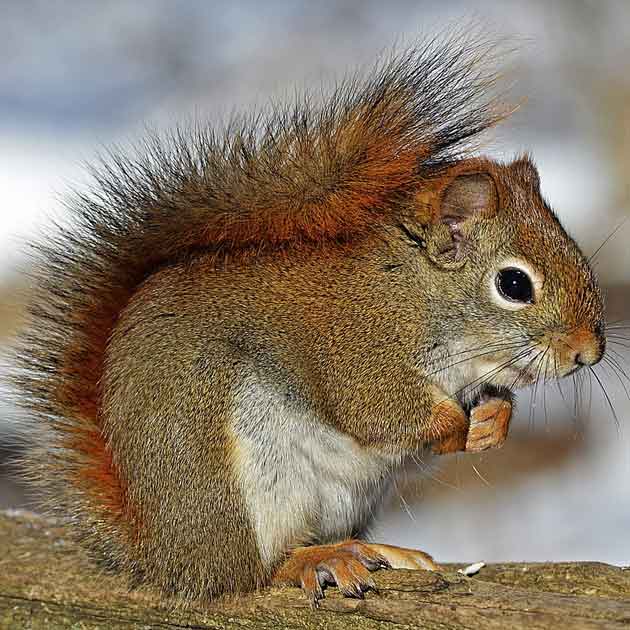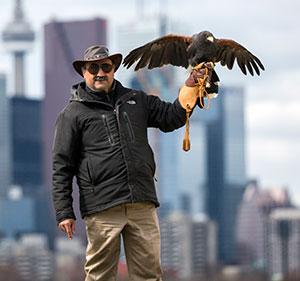Winters in Southern Ontario can be harsh and long. In order to survive, our local wildlife often moves closer to people’s homes and businesses and backyard or commercial structures such as greenhouses. Animals like raccoons seek out shelter, warmth, and food and all of that can be found in residential backyard greenhouses, commercial agricultural greenhouses and nurseries, as well as community or educational garden structures.
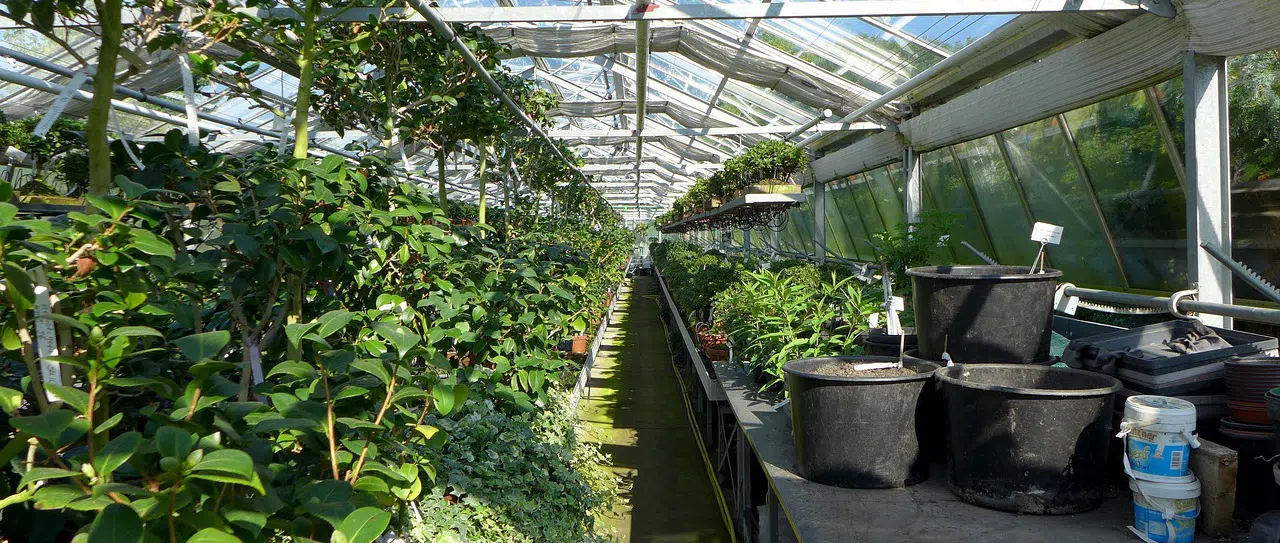
The negative and often costly impacts of raccoons invading greenhouses include crop destruction (especially fruits and plants), feces contamination, and structural damage. That’s why wildlife control for greenhouses is so crucial and permanent raccoon removal for horticultural facilities is something that should strongly be considered.
Why Greenhouses Are Raccoon Magnets
- Guaranteed Climate and Shelter
Greenhouses are kept warm and humid year-round, thus offering an ideal refuge from freezing winter temperatures and wind. - Abundant, Accessible Food
Raccoons are attracted by soft, ripe produce (tomatoes, peppers, berries), potting soil amendments (bone meal, organic fertilizer), and rodent populations thriving on seeds/spills. And then there's garbage or compost bins - those are also very applealiong. - Constant Water Source
Irrigation systems, condensate lines, and humidity trays provide easily accessible fresh water, a critical raccoon attractant, especially during dry seasons.
How Raccoons Enter Greenhouses
- Plastic/Fabric Cover or Vents
Raccoons easily tear through the light plastic or screen mesh used on the outer layer of a backyard greenhouse or automated roof or side wall vents. - Sliding Door Gaps
Cold and desperate raccoons exploit worn or damaged seals on large sliding doors used for vehicle/equipment access. - Utility/Pipe Tunnels
They can enter through unsecured maintenance tunnels or gaps where main water lines or heating pipes penetrate the foundation.
Signs of Raccoon Presence in the Greenhouse
While a slew of small critters are likely to camp out in your greenhouse for the winter, the scope and size of damage you're seeing should give you a good idea of the type of animal sharing your space.
- Disturbed soil, torn plant roots, missing produce.
- Nocturnal noises or tracks near entry flaps.
- Droppings, foul odour, or insulation shredded for nesting.
Overall, the signs of a raccoon infestation in your greenhouse are similar to those you would look for in your home. Have a look here: https://www.hawkeye.ca/blog/10-tell-tale-signs-you-have-a-raccoon-in-your-home.
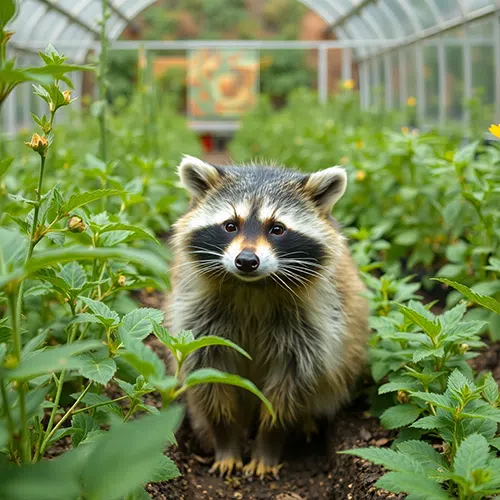 Critical Risks of Raccoon Infestation in Greenhouses
Critical Risks of Raccoon Infestation in Greenhouses
Crop Contamination and Financial Loss
Raccoons claw and bite through high-value crops, causing direct product spoilage. Contaminated produce often mandates the disposal of entire rows or benches of plants due to the presence of feces/urine and the risk of rabies transferred by an infected animal's saliva.
Climate Control Failure
Raccoons nesting near heating elements, fans, or control panels can chew wiring or block airflow, leading to HVAC or ventilation failure. This leads to the risk of overheating, freezing, or improper humidity control, potentially destroying not only the equipment, but also the entire growing environment.
Structure Compromise (Glass/Plastic)
Raccoons scratch and tear the plastic sheeting or seals around glass panes, compromising the greenhouse's thermal envelope. This leads to massive heat loss, increased utility bills, and exposure of the interior to weather.
Regulatory & Liability Exposure
The presence of raccoon feces in a food-producing environment is an immediate health inspection failure (Canadian Food Inspection Agency/local health unit), risking shutdown, fines, and the imposition of strict biohazard cleanup requirements.
How to Keep Raccoons Out of a Greenhouse
- Inspect and reinforce your structure's integrity before winter.
- Use heavy-duty mesh or wire to seal ventilation openings.
- Keep compost and garbage sealed tightly and away from the structure.
- Install automatic lighting or motion sensors to alert you to movement.
- Maintain a clean perimeter—remove all fallen fruits, pet food, or debris.
- Make use of natural deterrents such as strong-scented herbs.
What to Do if You Have a Raccoon Infestation in Your Greenhouse
- Assess the level of damage without entering immediately (due to droppings).
- Shut off power and irrigation before cleanup.
- Contact licensed professionals like Hawkeye Bird & Animal Control, who can legally trap and permanently remove raccoons. Hawkeye is the only company that offers permanent raccoon removal in the GTA
- Have professionals perform sanitization and disinfection of affected areas to prevent contamination. Strict safety protocols and PPE are needed for this process,
Permanent Raccoon Removal for Greenhouses
The Flaw of Relocation:
Lawful relocation (the 1-km rule) is often futile. The food and warmth are too great of an incentive, almost guaranteeing the raccoon's immediate return.
The Hawkeye Permanent Solution:
Hawkeye Bird & Animal Control holds unique licenses in the GTA for permanent raccoon removal (humane trapping and euthanasia). This is the only definitive way to eliminate the immediate threat of contamination and recurring structural damage, protecting your harvest.
Step-by-Step Response:
- Non-Invasive Location: Inspection cameras or thermal imaging are used to find the den site without disturbing sensitive plants or equipment.
- Strategic Humane Trapping: Traps are placed in non-public areas (i.e., utility rooms, perimeter tunnels) to safely capture the animal(s).
- Biohazard Cleanup: Meticulous, controlled sanitation of the den area, potting materials, and contaminated surfaces is performed to neutralize roundworm eggs and pathogens without damaging plant life.
- Permanent Exclusion: All vulnerable vents, doors, and utility entry points are shored up with heavy-gauge steel mesh. A contractor may be able to further reinforce your structure.
Seasonal Insights: Winter vs. Summer Challenges
Raccoons may show up in greenhouses any time of the year, but the motivation and level of desperation to gain access may increase dramatically during the colder months. Year-round monitoring is essential for commercial growers in Toronto and the GTA.
Winter
Greenhouses provide heat, shelter, and nesting opportunities. Additionally, there is often little or no human traffic, making them a perfect place for extended winter snoozing.
Spring and Summer
Once Ontario comes out of the deep freeze and nature awakens, raccoons become industrious and ready to reproduce. They are hungry and target fruits, seedlings, and compost. After mating, females will be on the hunt for a safe den site close to easily accessible water and food sources.
How Greenhouse Raccoon Infestations Affect Nearby Properties
While the greenhouse may offer all the comforts of home, raccoons often branch out into neighbouring storage sheds, barns, and even attics or crawl spaces in residential homes. Here are some of the concerns when raccoons invade adjacent properties:
Structural Damage
- Homes, and roofs in particular, are damaged when raccoons gain access;
- Attic insulation and wires are disturbed or destroyed, resulting in heating loss and water, ice or even fire damage;
- Wooden beams and floors and drywall are damaged by raccoon urine and feces.
Health Hazards
- Parasites and other pathogens such as raccoon roundworm can be transmitted to your pets and family;
- Mould can grow on urine stained lumber or drywall;
- Air quality in the home can become poor.
FAQs for Greenhouse Growers & Facility Managers
Q: What should I do if I spot a raccoon sleeping inside my greenhouse during the day?
A: You can open the door to create an obvious escape route and create a noise disturbance outside to wake up your visitor and encourage him to go on his merry way. Next, you'll need to inspect your greenhouse from top to bottom and determine how the raccoon got in. Unfortunately, you may find that even if you've successfully blocked off that access point, he'll find or create a new one. This is your cue to call a professional raccoon removal service.
Q: How can I keep raccoons away without harming my plants?
A: Raccoons aren't terribly fond of some strong herbal scents, so you could plant peppermint, garlic, or hot peppers with or in between your plants. Cayenne pepper spice can also be sprinkled around plants without harming them. Your best line of defense is to get and keep the raccoon(s) out long-term. Consider electric fencing around your greenhouse.
Q: Can greenhouse heaters attract raccoons in winter?
A: Any source of heat will absolutely be welcomed by raccoons. Make sure your heaters are tip-resistant to avoid fire hazards.
Q: Can raccoon contamination travel through our irrigation system?
A: Unfortunately, yes, and it’s a huge reason why greenhouse raccoon control is so essential. Raccoon mites can harm greenhouse plants, by piercing and sucking plant contents, leading to symptoms like speckled or yellowing leaves, distorted growth, and potential death of the plant.
Q: Our greenhouse uses natural gas. What is the risk of a gas leak?
A: It is super important that your check your hoses and hook-ups regularly. The danger of a raccoon damaging your gas line is probably most prominent at the site where the line enters your building. A gas leak, of course, can be toxic to your plants or even cause an explosion if there is any type of ignition.
Q: Can I use dogs to keep raccoons away from my greenhouse?
A: Yes, a patrolling dog may well discourage a raccoon from setting up house. This is particularly true for a mother with kits.
Q: Can I use chemical repellents to stop raccoons from entering my greenhouse?
A: The only repellent that is truly successful is male raccoon urine - but this only deters mothers with offspring. It will do nothing for another male raccoon or a female with juveniles or no kits.
Q: Do ultrasonic or audio/video deterrents work against raccoons in greenhouses?
A: Unfortunately any deterrent that poses no physical danger to raccoons will be studiously ignored after a day or two. Raccoons are super smart and learn by observation. If lights go on or sound goes off when they walk by, they'll hide nearby and watch. And, if nothing else happens, they'll accept a slight annoyance on their way to food and shelter.
Q: Can shock-wave fencing or electric netting keep raccoons out of my greenhouse?
A: Yes, electric fencing or electric shock tracks can be very helpful with keeping raccoons at bay. The charge is enough to be uncomfortable but not injure the animal. Many of these systems are solar powered and quite affordable. They do require some inspection and cleaning off after snowfall. If you’re seeking effective wildlife control for commercial greenhouses, this may be a wise investment.
Q: How can I protect my greenhouse if it’s located near wooded or rural areas?
A: You won't necessarily see more or less raccoons than your urban neighbours. And the remedies are the same. Remove the raccoon, cut off all access points, and consider permanent raccoon removal to protect your plants and crops.
Why Choose Hawkeye for Permanent Raccoon Removal
- Hawkeye is legally licensed for raccoon trapping and euthanasia.
- Hawkeye is the only company in the GTA offering permanent raccoon removal.
- Hawkeye wildlife technicians are trained and experienced in raccoon removal for agricultural and greenhouse environments.
- Hawkeye has over 35 years of experience dealing with raccoons in residential and commercial properties.
- Hawkeye GUARANTEES that your raccoon will never return.
CONTACT Hawkeye Bird & Animal Control today and protect your greenhouse!
Our raccoon removal services locations include all of Southern Ontario, including Toronto , Scarborough , Brampton, Vaughan , Markham , Ajax , Pickering , Newmarket , Etobicoke , Oshawa , and Mississauga .
Related Articles:
https://www.hawkeye.ca/commercial-animal-control
https://www.hawkeye.ca/blog/how-to-get-rid-of-raccoons


